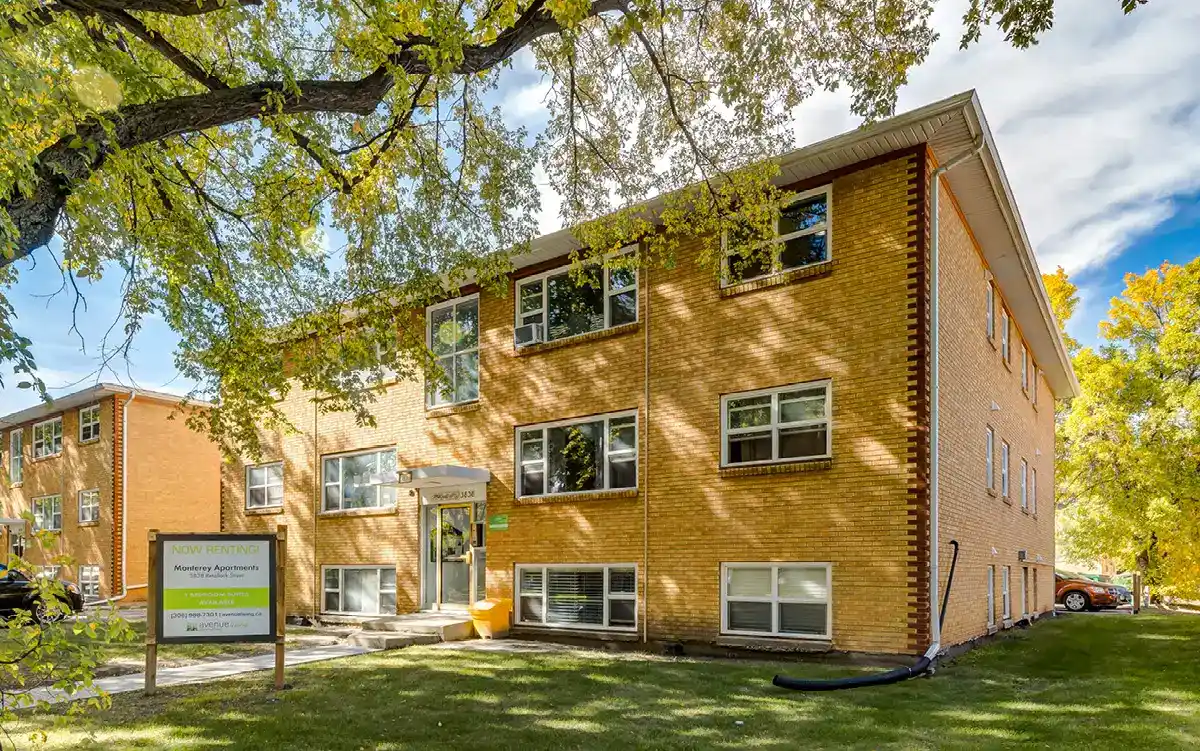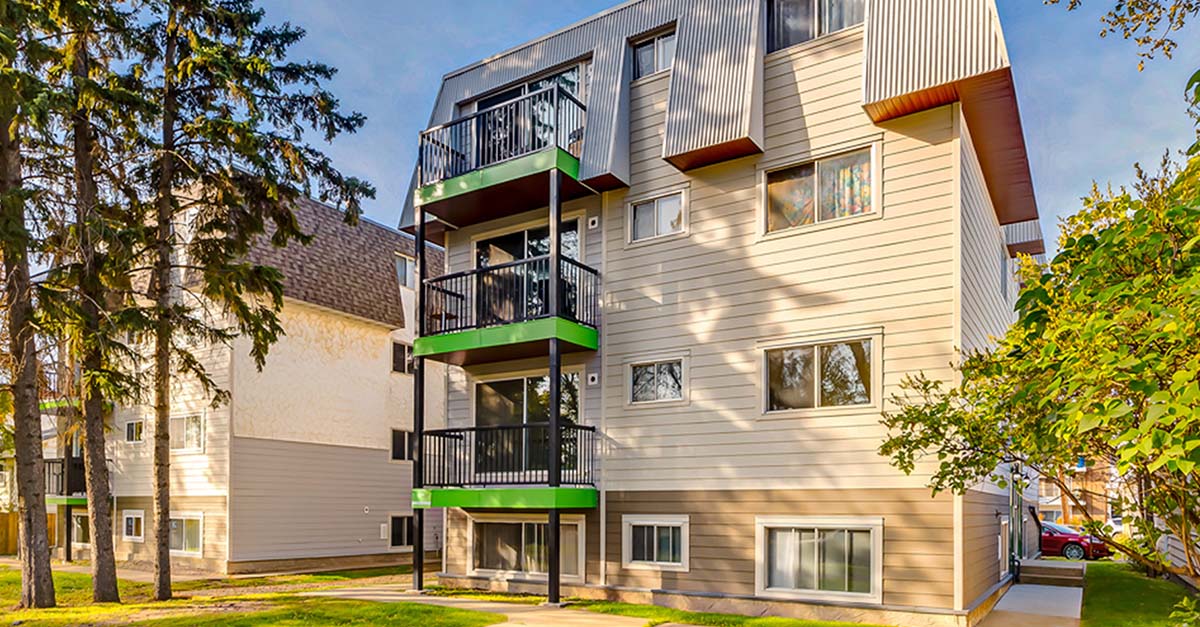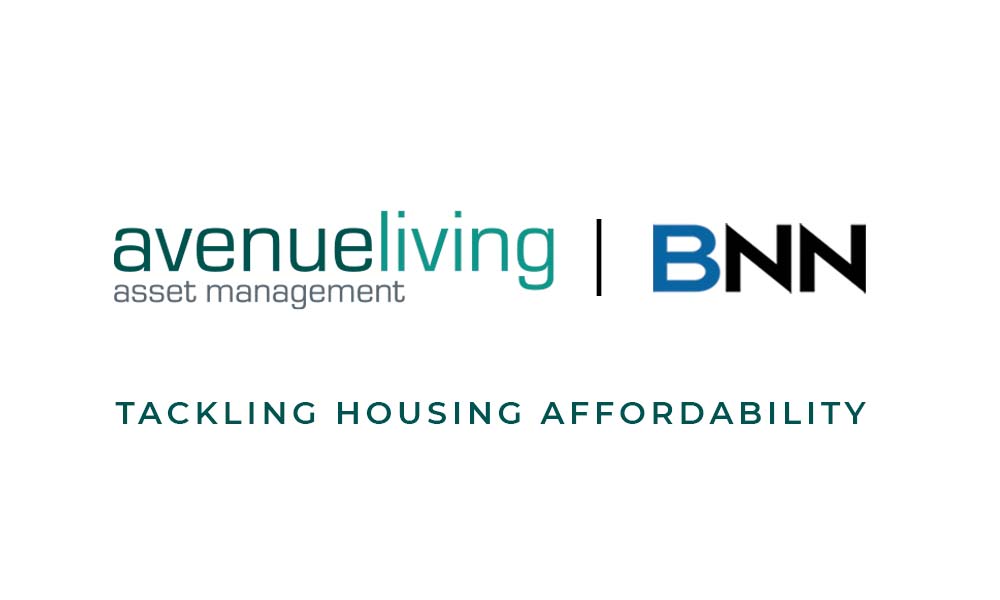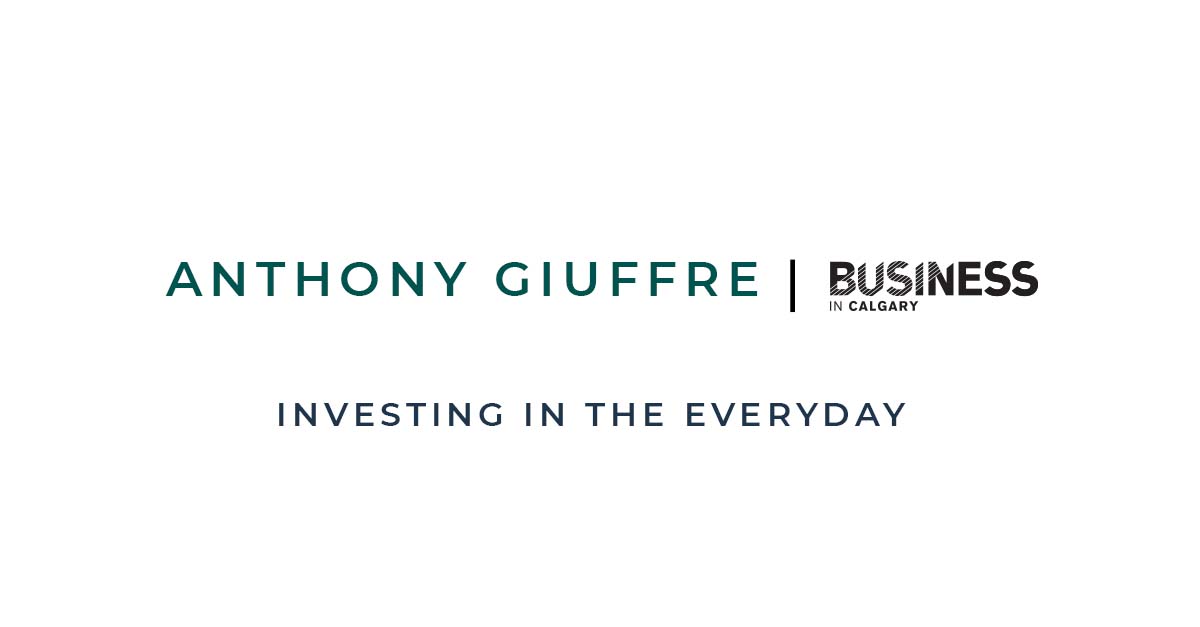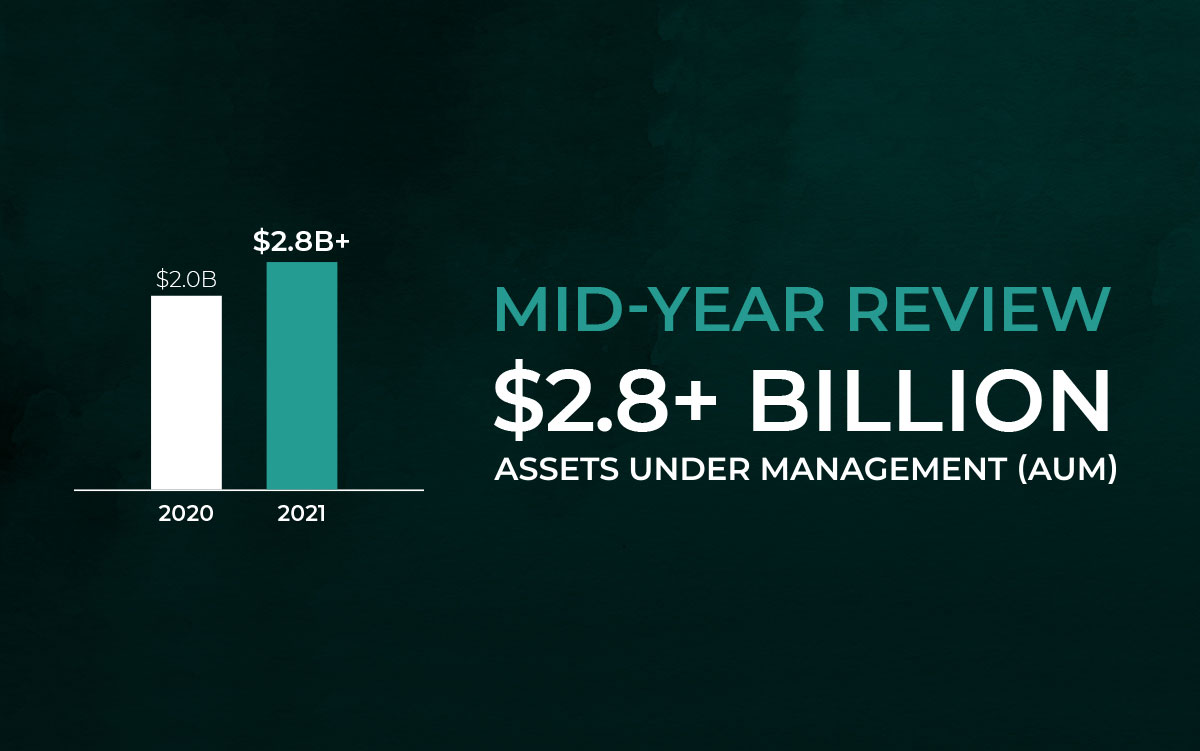Authors
Grant Alexander Wilson, Ph.D., Assistant Professor, Faculty of Business Administration, University of Regina
Jason Jogia, MBA, M.Fin., Chief Investment Officer, Avenue Living
Author Bios
Dr. Wilson is an Assistant Professor at the Hill and Levene School of Business, University of Regina. His research focuses on marketing, strategy, and innovation. He has published over 20 peer-reviewed articles in top management journals including Journal of Small Business Management, Research-Technology Management, and Journal of Business Strategy. His research has been featured in the National Post and by the World Economic Forum. Dr. Wilson is also a research consultant and contributor to Avenue Living Asset Management.
Mr. Jogia is the Chief Investment Officer at Avenue Living and has over 15 years of experience in real estate capital markets, originating over $10 billion in real estate loans and $1 billion in equity. He has extensive experience in real estate investment analysis and capital structure across various real estate classes. In addition to holding 2 Masters’ degrees in Finance, Mr. Jogia is pursuing his Doctorate of Business Administration and currently serves as an instructor at the University of Calgary, specializing in real estate finance.
INTRODUCTION
The inflation example of milk increasing from $0.40 to $4.00 per gallon over a 100-year period (Wilson, 2021a) requires an update, as milk prices are expected to increase by a record-breaking 10% in 2022 (Canadian Broadcast Company, 2021; Heslop, 2021). Inflation is the increase of prices (e.g., milk), resulting in decreased purchasing power of consumers (e.g., milk buyers) (Lumsden, 2011). The primary explanations of inflation are demand-pull and cost-push (Lumsden, 2011). Prices of goods and services appreciate as a result of increased aggregate demand (demand-pull) or the rising production costs (cost-push) of such items. According to Pride et al. (2020), a stable rate of inflation is 2% per annum.
The most common measure of inflation is the change to the Consumer Price Index (CPI) (Statistics Canada, 2021a). The CPI “measures price change by comparing, through time, the cost of a fixed basket of goods and services” (Statistics Canada, 2021a). Prior to COVID-19, annual changes to the Canadian CPI averaged just below 2.0% (Figure 1). Canada’s pandemic-induced economic contraction and unemployment increase, resulted in unprecedentedly low inflation in 2020. With the rollout of vaccines in 2021 and the full reopening of the economy, Canada is now experiencing above-average inflation. This trend is likely to continue, with high inflation forecasted into 2022 and beyond (Trading Economics, 2021a) (Figure 1).
FIGURE 1 – 12-MONTH CPI CHANGE & FORECAST

Statistics Canada (2021b) & Trading Economics (2021a)
Although inflation is a country’s natural economic tendency (Rothbard, 1962), if prices increases too quickly and without corresponding wage changes, purchasing power is diminished (Pride et al., 2020). Over the last five decades, industrialized nations’ monetary policies have placed great emphasis on the prevention and reduction of inflation (Lumsden, 2011). However, such policies are imprecise, much less guaranteed. Accordingly, savvy investors have explored ways to hedge against inflation. Specifically, multi-family residential real estate investments are increasingly appealing for investors (Nickerson, 2021). The next sections describe how forecasted interest rates, home values, and energy prices support the investment in multi-family properties.
INTEREST RATES & AFFORDABILITY
According to the Bank of Canada (2021a), it “carries out monetary policy by influencing short-term interest rates. It does this by adjusting the target for the overnight rate.” In an attempt to stabilize the economic contraction from the pandemic, the Bank of Canada (2021b) decreased the overnight rate from 1.75% to 0.25% in early 2020. As Canada’s economy expands and high inflation looms, the Bank of Canada is expected to increase the overnight rate by 1.25% to 1.50% by March 2023 (Trading Economics, 2021b) (Figure 2).
FIGURE 2 – CANADIAN OVERNIGHT RATE & FORECAST

Bank of Canada (2021b) & Trading Economics (2021b)
According to the Bank of Canada (2021c) the overnight rate is the starting point for “interest rates in the economy that matter for Canadians.” Changes to the overnight rate result in corresponding changes to commercial lending rates (Kenton, 2021). Based on the forecasted overnight rate and resulting commercial lending rate changes, mortgage interest rates are likely to increase by 1.25%. Table 1 illustrates the homeownership affordability effects of a 1.25% interest rate increase across various home values ($350,000 to $1,000,000), assuming a 5% down payment, 4% Canadian Mortgage and Housing Corporation (CMHC) insurance premium, 25-year amortization period, and 12 payments per year.
TABLE 1 – MORTGAGE PAYMENTS & INTEREST RATE CHANGES

*2.25% IR = 2.25% interest rate, **3.5% IR = 3.50% interest rate
The change of 1.25% in mortgage interest rates elicits an increase of 14.8% in monthly payments. Given over 25% of Canadian homeowners currently spend more than what is considered “affordable” on mortgage payments (Canadian Mortgage and Housing Corporation, 2018; Statistics Canada, 2019), the planned interest rate increases will create further affordability issues. Specifically, there will be heightened barriers to entry for new home buyers and greater risk exposure for variable-rate mortgage holders. As a result, the rental market is increasingly appealing to middle-income earners (Wilson, 2020). The growing rental demand is also appealing for real estate investors, as more renters mean lower vacancy rates and stronger cash flows. Individuals and property investors with fixed interest rates will be advantaged over those with variable rates. Individuals will be better able to manage their household budget and property investors can increase residential rents – in accordance with the tenancy agreements – in response to interest rate changes.
HOME VALUES & AFFORDABILITY
As with interest rate increases, the appreciation of home values in Canada has created affordability issues for housing market participants. Since the onset of the pandemic, Canadian home prices have appreciated significantly (Figure 3). Home prices increased by nearly 20% from October 2020 to October 2021. The new housing price index – a proxy for residential property appreciation – is expected to continue to increase in 2022 and plateau well above pre-pandemic values.

Statistics Canada (2021c) & Trading Economics (2022)
The appreciating nature of residential real estate, including single and multi-family dwellings, is both promising for investors and challenging for new home buyers. According to Wilson (2021a; 2021b), capital appreciation from property investments has historically outpaced inflation, proving to be an effective hedge. In contrast, the wages of low and medium-income earners lag market price changes (Shahid, 2021), making homeownership increasingly difficult. Aside from the rising home prices and impending interest rate increases, the energy market outlook poses new affordability concerns.
ENERGY MARKET & AFFORDABILITY
After 18 months of natural gas supply shortages caused by the pandemic and its increased demand due to the reopening of the global economy, prices have surged to new heights (Figure 4). Average natural gas prices are expected to track above $5.00 per Metric Million British Thermal Unit (MMBtu) for the foreseeable future. These increases “will fuel inflation and hit low-income Canadians the hardest” (Alini, 2021).
FIGURE 4 – NATURAL GAS PRICES & PROJECTIONS

Investing (2021) & Trading Economics (2021d)
As natural gas is the main source of energy that heats homes and businesses (Canadian Gas Association, 2020), Canadians will be impacted both directly and indirectly by price increases. Natural gas prices will directly impact most Canadians’ utility bills, making homeownership less, and renting more, desirable. The indirect effects of natural gas price increases are realized by consumers via cost-push inflation. For example, higher energy costs make it more expensive to produce, transport, and store goods, resulting in higher-priced goods and services. The energy market outlook makes renting an affordable or in some cases a necessary, alternative to homeownership. From a real estate investor perspective, the natural gas market outlook and its inflationary pressures are poised to create strong demand for residential real estate, further supporting low vacancy rates that translate into consistent cash flows.
INSIGHT FOR INDIVIDUALS & INVESTORS
The multi-family residential real estate market is ideal for individuals and investors amid high inflation, increasing interest rates, soaring home values, and energy price forecasts. For middle-income individuals and families, these market uncertainties support renting in the short term. For investors, the capital appreciation from increasing property values and consistent cash flow from the high rental demand support investment positions in multi-family residential real estate.
STRATEGIC INVESTMENT IN MULTI-FAMILY REAL ESTATE
It is well documented that real estate has historically outpaced inflation (Wilson, 2021a; 2021b). Accordingly, investments in real estate have been regarded as a strategic hedge against inflation. However, based on the current market outlook, residential real estate has advantages over commercial real estate investments. As discussed, rising inflation, interest rates, and natural gas prices are making homeownership increasingly difficult for many Canadians. Strong demand for rental housing is imminent, affording residential real estate investors strong cash flows due to low vacancy rates. Commercial renters – producing goods and services – are not immune to inflationary pressures, as operation costs are continually increasing. In many cases, these costs are passed down to the consumer, but not always. The pandemic and its lagged effects created some of the highest commercial vacancy rates on record (The Canadian Press, 2021). Despite the recent declining trend in commercial vacancy rates across Canada – due to the reopening of the economy – changes are less immediate and rates are far greater than in the residential market (The Canadian Press, 2021). Lastly, residential, as compared to commercial, leases allow for more flexibility. Residential leases are short-term, ranging from month-to-month to 12-month contracts. Conversely, commercial leases are conventionally five-year terms. The flexibility of such short-term contracts permits greater responsiveness to inflation and interest rate changes, advantaging residential real estate investors.
CONCLUSION
Rising inflation, increasing interest rates, and soaring natural gas prices are working against the proverbial homeownership dream in Canada. The re-examination of real estate’s effectiveness as an inflation hedge is upheld and supports previous work (Wilson, 2021a; Wilson, 2021b). However, current market dynamics advantage residential versus commercial estate in the short and medium term. Consequently, investments in multi-family properties are likely to be both strategic and profitable.
REFERENCES
Alini, E. (2021). Natural gas price hikes will fuel inflation and hit low-income Canadians the hardest. https://globalnews.ca/news/8245318/natural-gas-prices-canada-inflation/
Bank of Canada. (2021a). Policy interest rate. https://www.bankofcanada.ca/core-functions/monetary-policy/key-interest-rate/
Bank of Canada. (2021b). Canadian interest rates and monetary policy variables: 10-year lookup. https://www.bankofcanada.ca/rates/interest-rates/canadian-interest-rates/
Bank of Canada. (2021c). Understanding our policy interest rate. https://www.bankofcanada.ca/2021/04/understanding-policy-interest-rate/
Canadian Broadcast Company. (2021). Milk, cheese prices could soon jump 10 to 15 per cent. https://www.cbc.ca/news/canada/new-brunswick/milk-prices-increase-new-brunswick-1.6237730
Canadian Gas Association. (2020). Natural gas facts. https://www.cga.ca/natural-gas-statistics/natural-gas-facts/
Canadian Mortgage and Housing Corporation. (2018). About affordable housing in Canada. https://www.cmhc-schl.gc.ca/en/developing-and-renovating/develop-new-affordable-housing/programs-and-information/about-affordable-housing-in-canada
Deschamps, T. (2021). Home prices were up 18% annually in Canada last month. https://globalnews.ca/news/8374771/home-prices-canada-crea-october/
Evans, P. (2021). This is the busiest year ever for the housing market, with prices up 18%. https://www.cbc.ca/news/business/crea-housing-october-1.6249145
Gibillini, N. & Gaviola, A. (2021). Food prices rose nearly 4% in September. These products saw biggest jump. https://globalnews.ca/news/8283469/food-prices-inflation-september-2021/
Heslop, B. (2021). Cost of milk expected to jump in Canada in 2022. https://www.iheartradio.ca/610cktb/news/cost-of-milk-expected-to-jump-in-canada-in-2022-1.16411210
Investing. (2021). Natural gas futures. https://ca.investing.com/commodities/natural-gas-historical-data
Kenton, W. (2021). Bank rate. https://www.investopedia.com/terms/b/bankrate.asp
Lumsden, K. G. (2011). Economics. Heriot-Watt University.
Nickerson, C. (2021). Multifamily withstands pandemic better than most property types. https://renx.ca/multifamily-withstands-pandemic-better-most-property-types/
Pride, W. H., Hughes, R. J., Kapoor, J. R., Althouse, N. R., and Allan, L. A. (2020). Business. Nelson.
Rothbard, M. N. (1962). The case for a 100 percent gold dollar. Libertarian Review Press, 94-136.
Shahid, S. (2021). Low-income Canadian households will suffer the most from soaring inflation. https://www.theglobeandmail.com/opinion/article-low-income-canadian-households-will-suffer-the-most-from-soaring/
Statistics Canada. (2019). Homeownership and shelter costs in Canada. https://www12.statcan.gc.ca/nhs-enm/2011/as-sa/99-014-x/99-014-x2011002-eng.cfm
Statistics Canada. (2021a). Consumer price index portal. https://www.statcan.gc.ca/en/subjects-start/prices_and_price_indexes/consumer_price_indexes
Statistics Canada. (2021b). 12-month change in the Consumer Price Index (CPI) and CPI excluding gasoline. https://www150.statcan.gc.ca/n1/daily-quotidien/211020/cg-a001-eng.htm
Statistics Canada. (2021c). New housing price index. https://www150.statcan.gc.ca/t1/tbl1/en/tv.action?pid=1810020501
The Canadian Press. (2021). Canadian commercial real estate pointing to post-pandemic economic upswing: CBRE. https://www.theglobeandmail.com/business/article-canadian-commercial-real-estate-pointing-to-post-pandemic-economic/
Trading Economics. (2021a). Canada inflation rate. https://tradingeconomics.com/canada/inflation-cpi
Trading Economics. (2021b). Canada interest rate. https://tradingeconomics.com/canada/interest-rate
Trading Economics. (2022). Canada new house price index. https://tradingeconomics.com/canada/housing-index
Trading Economics. (2021d). Natural gas. https://tradingeconomics.com/commodity/natural-gas
Western Investor. (2019). Cap rates for multi-family rentals are lowest of all CRE sectors. https://www.westerninvestor.com/news/multi-family/cap-rates-for-multi-family-rentals-are-lowest-of-all-cre-sectors-1.23925194
Wilson, G. A., & Jogia, J. (2020). Essential workers, workforce housing, & property investing. https://avenuelivingam.wpenginepowered.com/essential-workers-workforce-housing-property-investing/
Wilson, G. A., & Jogia, J. (2021a). Canadian real estate & farmland: A hedge against inflation. https://avenuelivingam.wpenginepowered.com/canadian-real-estate-farmland-a-hedge-against-inflation/
Wilson, G. A. (2021b). As inflation looms, here’s how real estate and farmland have protected investors. https://theconversation.com/as-inflation-looms-heres-how-real-estate-and-farmland-have-protected-investors-155854
This commentary and the information contained herein are for educational and informational purposes only and do not constitute an offer to sell, or a solicitation of an offer to buy any securities or related financial instruments. This article may contain forward-looking statements. Readers should refer to information contained on our website at https://avenuelivingam.wpenginepowered.com/forward-looking-statements for additional information regarding forward-looking statements and certain risks associated with them.


